HSDD Treatment Decision Tool
Personal Information
Treatment Preferences
Recommended Treatment
Why this treatment? This recommendation is based on your input about age, symptoms, and preferences. The tool considers efficacy, safety, and practical factors to match you with the best option for your situation.
When a woman struggles with low sexual desire, the first name that often pops up is Flibanserin - a pill approved for pre‑menopausal women with hypoactive sexual desire disorder (HSDD). But it isn’t the only option on the market. This guide breaks down how Flibanserin stacks up against the most common alternatives, so you can see which route matches your health profile and lifestyle.
Why people turn to Flibanserin
Flibanserin works by tweaking serotonin, dopamine, and norepinephrine levels in the brain, aiming to boost sexual desire. The drug is taken daily at bedtime and must be used continuously for several weeks before benefits appear. Clinical trials showed a modest 0.5‑point increase on the Female Sexual Function Index (FSFI) - enough for some, not enough for others.
Key criteria for comparing treatments
- Mechanism of action - how the drug or therapy influences desire.
- Regulatory status - FDA approval, off‑label use, or prescription requirements.
- Efficacy data - average improvement in validated desire scores.
- Safety profile - common side effects and contraindications.
- Administration - daily pill, weekly injection, lifestyle commitment.
- Cost & insurance coverage - out‑of‑pocket expense for a typical 12‑week course.
Top alternatives to Flibanserin
Below are the most frequently discussed options. Each one shows up in clinical guidelines or peer‑reviewed studies as a viable path for treating HSDD.
Bupropion - an atypical antidepressant that boosts dopamine and norepinephrine, two neurotransmitters also linked to sexual desire. Some doctors prescribe it off‑label for HSDD, especially when depressive symptoms coexist.
Hormone therapy - estrogen or combined estrogen‑progestin patches, creams, or rings can improve vaginal lubrication and overall libido, particularly in perimenopausal or postmenopausal women.
Testosterone therapy - low‑dose testosterone gels or patches are sometimes used under compounding pharmacy supervision to raise sexual desire in women with documented low testosterone.
Lifestyle changes & counseling - cognitive behavioral therapy (CBT), sex therapy, and regular exercise have shown measurable gains in desire scores without medication.
Vaginal moisturizers - while not a direct libido booster, they alleviate discomfort that can dampen desire, making them a useful adjunct.
Side‑by‑side comparison table
| Attribute | Flibanserin | Bupropion (off‑label) | Hormone therapy | Testosterone (low dose) | Lifestyle & counseling |
|---|---|---|---|---|---|
| Mechanism | Serotonin agonist & dopamine/norepinephrine modulator | Dopamine & norepinephrine reuptake inhibitor | Estrogen replacement restores vaginal health | Exogenous testosterone increases sexual drive | Behavioral modification, stress reduction, exercise |
| FDA status | Approved (2009) | Approved for depression; off‑label for HSDD | Approved for menopausal symptoms | Not formally approved for women; compounding use | Non‑pharmacologic, no approval needed |
| Typical dose | 100mg nightly | 150mg daily | Varies (patch, oral, cream) | 0.5mg daily gel | Weekly therapy sessions + regular exercise |
| Efficacy (FSFI change) | +0.5 points (≈10% improvement) | +0.6 points (≈12% improvement) | +0.4-0.7 points (depends on age) | +0.5-0.8 points (when baseline low) | +0.3-0.6 points (varies with adherence) |
| Common side effects | Dizziness, sedation, nausea, low blood pressure | Insomnia, dry mouth, increased heart rate | Breast tenderness, headache, clot risk | Acne, voice deepening, lipid changes | Minimal; occasional emotional discomfort |
| Cost (12weeks) | ≈$250-$300 (out‑of‑pocket) | ≈$120-$150 (generic) | ≈$200-$400 (depends on formulation) | ≈$200-$350 (compounding) | $0-$150 (therapy fees) |
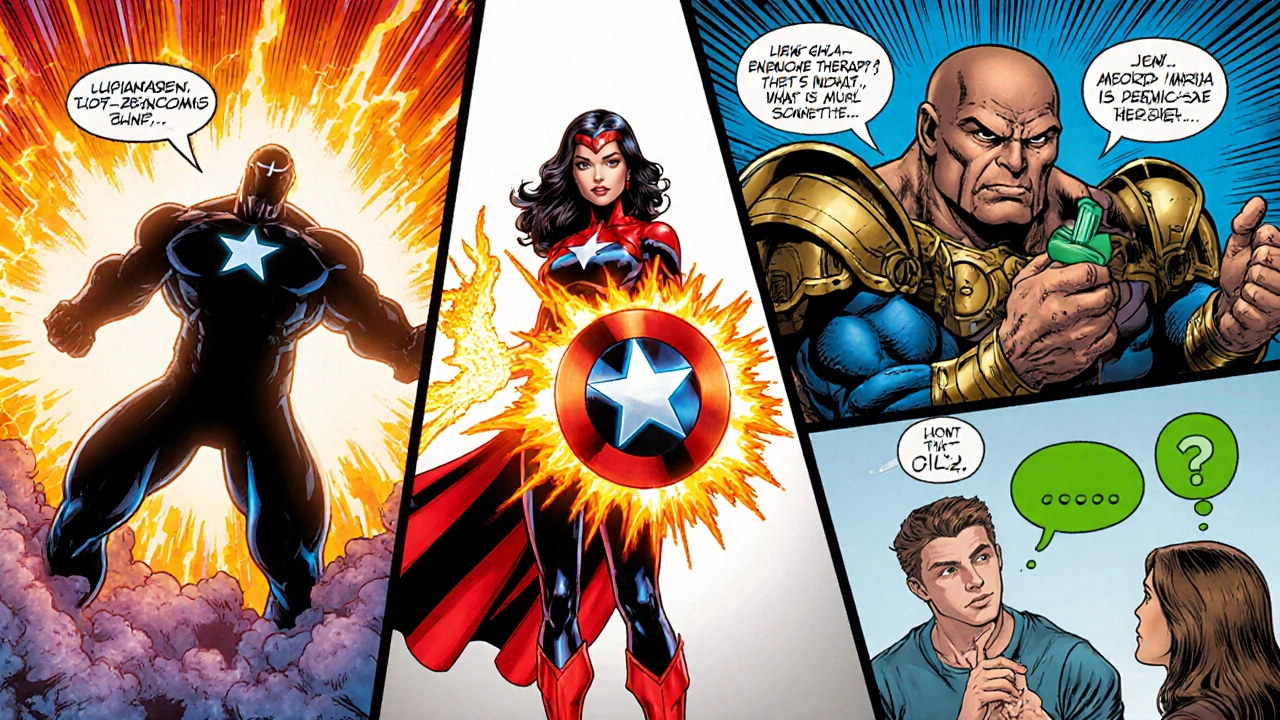
When Flibanserin makes sense
If you’re a pre‑menopausal woman with a documented HSDD diagnosis, no major depression, and can tolerate a nightly pill, Flibanserin is a convenient, FDA‑cleared option. It shines for patients who want a medication specifically labeled for low desire rather than an off‑label antidepressant.
Scenarios where alternatives may be better
- Co‑existing depression - Bupropion hits both mood and desire, killing two birds with one prescription.
- Menopausal symptoms - Hormone therapy simultaneously eases hot flashes, vaginal dryness, and can lift libido.
- Low testosterone levels - Direct testosterone supplementation may give a larger boost when labs confirm a deficiency.
- Concern over side effects or drug interactions - Lifestyle counseling avoids medication entirely and works well for couples willing to invest time.
- Cost constraints - Generic bupropion or over‑the‑counter moisturizers are cheaper than Flibanserin.
Practical checklist before choosing
- Confirm HSDD diagnosis with a qualified clinician.
- Review current medications for interactions (especially alcohol with Flibanserin).
- Order baseline labs: CBC, liver function, lipid panel, and testosterone if considering hormone routes.
- Discuss side‑effect tolerance and personal health history.
- Consider insurance coverage - Flibanserin often requires prior authorization.
- Set realistic expectations: most treatments improve desire modestly, not dramatically.
Potential pitfalls and how to avoid them
Alcohol interaction - Flibanserin can cause severe hypotension when taken with >2standard drinks. Advise patients to limit alcohol on dosing nights.
Off‑label prescribing - Bupropion isn’t FDA‑approved for HSDD, so clinicians must document the rationale and monitor mood closely.
Hormone‑related risks - Women with a history of thromboembolic events should avoid estrogen‑based regimens unless risk‑benefit analysis is clear.
Testing compliance - Testosterone gels require daily application and skin checks; missed doses drop efficacy quickly.
Bottom line
If you need a medication that’s legally marketed for low sexual desire, Flibanserin remains the go‑to choice. But a sizable chunk of patients find better overall results by pairing a Flibanserin alternatives approach-whether that’s an off‑label antidepressant, a hormone regimen, or a structured counseling program. The key is to match the treatment to the underlying cause, personal health profile, and willingness to manage side effects.
Frequently Asked Questions
Is Flibanserin safe for women over 50?
Flibanserin is only FDA‑approved for pre‑menopausal women. For post‑menopausal patients, clinicians usually recommend hormone therapy or testosterone, because the safety data for Flibanserin in that age group is limited.
Can I take Flibanserin and birth control pills together?
Yes. Flibanserin does not interfere with hormonal contraceptives, and many women use both without issues. However, always confirm with a pharmacist.
How long before I notice a change?
Most studies report noticeable improvement after 4‑6 weeks of consistent nightly dosing. Some patients need up to 12 weeks for a stable response.
What are the biggest side effects to watch for?
Dizziness, nausea, and daytime sleepiness are the most common. Rare but serious events include severe hypotension when combined with alcohol.
Is there a non‑drug way to boost desire?
Yes. Structured sex therapy, regular aerobic exercise, and stress‑reduction techniques (like mindfulness) have all shown modest but reliable improvements in desire scores.
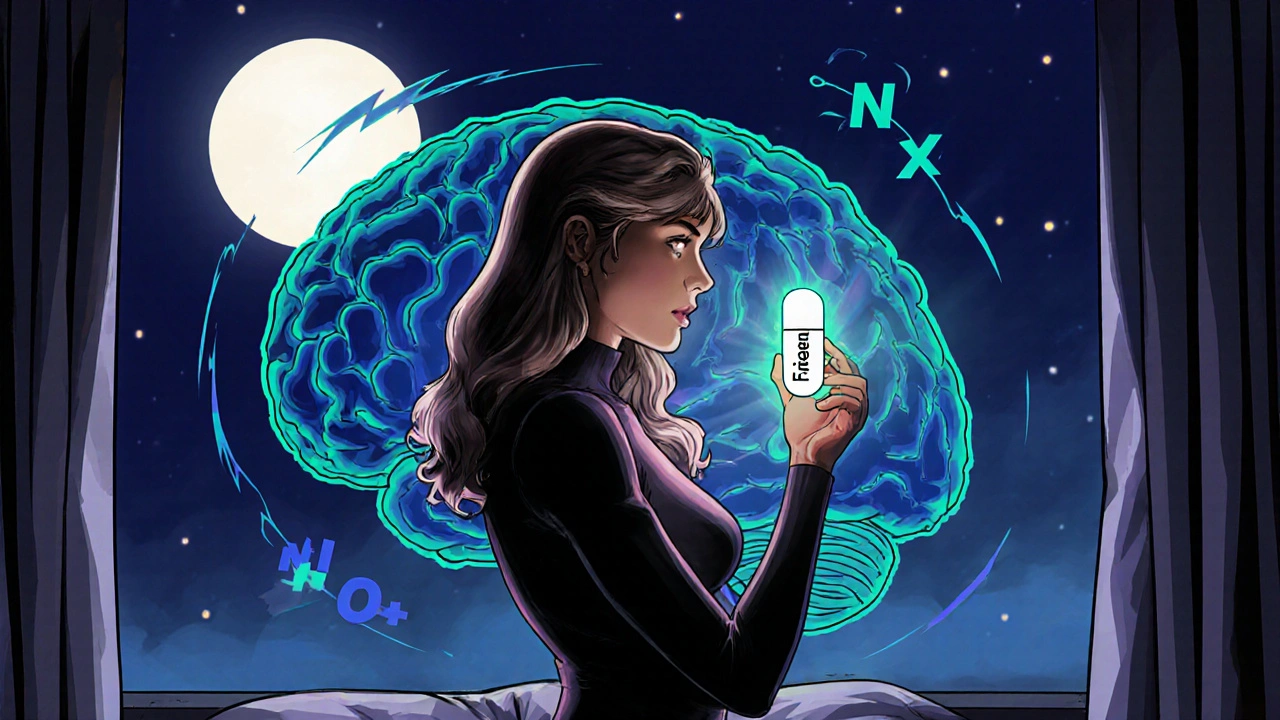
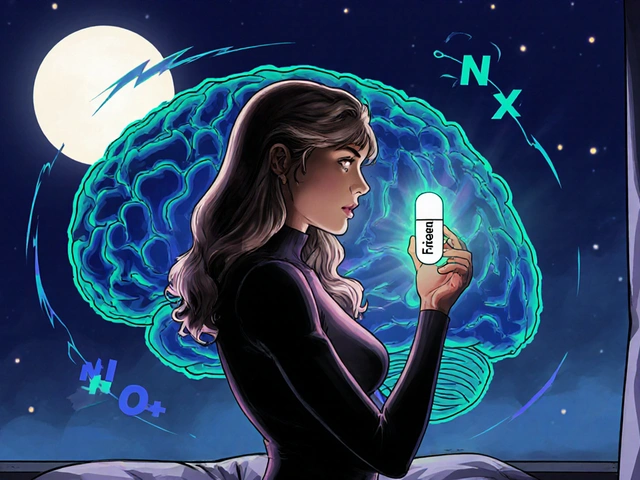

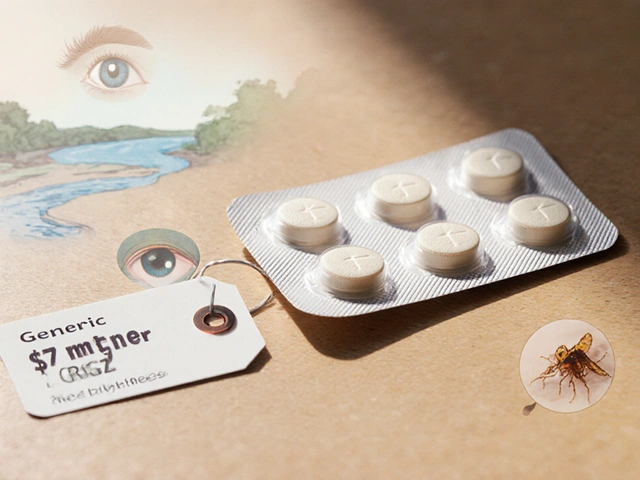
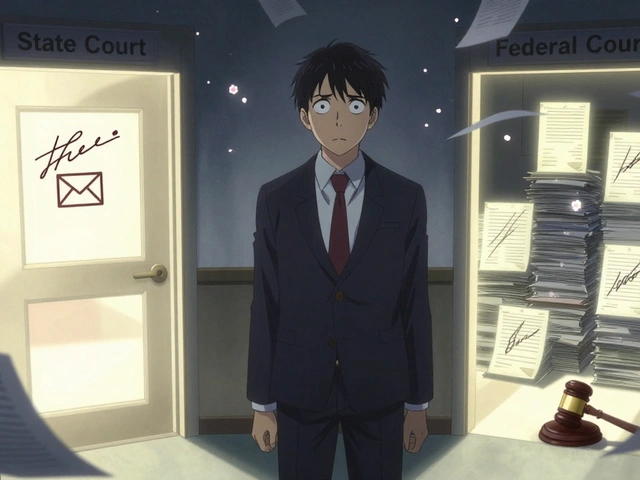

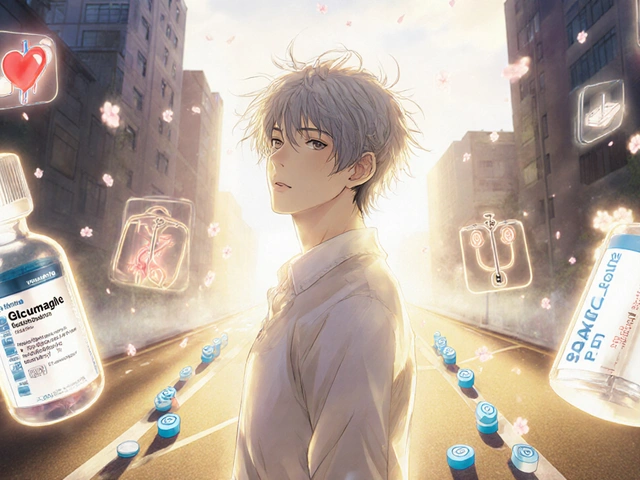
Kemari Nielson
October 16, 2025 AT 16:20Flibanserin’s nightly dosing can be convenient if you don’t mind the potential dizziness.
Steve Helsel
October 22, 2025 AT 19:09Sure, the pill works, but the benefit is barely worth the hassle.
Steve Moody
October 28, 2025 AT 20:59When evaluating Flibanserin versus its alternatives, one must first acknowledge the pharmacological nuance, the regulatory backdrop, and the patient‑centered outcomes; the drug’s serotonin‑dopamine modulation, while modest, represents a targeted approach, and yet the clinical effect size hovers around a half‑point increase on the FSFI, which, statistically, is modest at best; moreover, the side‑effect profile-dizziness, nausea, hypotension-demands vigilant monitoring, especially in patients who consume alcohol, as the interaction can precipitate severe hypotension, a fact not always emphasized in promotional literature; cost considerations further complicate the equation, with out‑of‑pocket expenses often surpassing $250 for a 12‑week supply, a figure that may be prohibitive for many; in contrast, generic bupropion offers a comparable efficacy signal, at roughly $120‑$150, and additionally addresses depressive symptoms, thereby providing a dual therapeutic benefit; hormone therapy, while beneficial for vasomotor and vaginal health, carries its own risk spectrum, including thromboembolic events, and must be individualized based on age and cardiovascular status; low‑dose testosterone, though not FDA‑approved for women, can yield a robust increase in desire scores when baseline levels are deficient, yet it requires compounded preparations and diligent skin monitoring; non‑pharmacologic interventions such as CBT and structured exercise, though less glamorous, have demonstrated consistent modest gains in desire without the pharmacologic baggage; physicians, therefore, should adopt a shared decision‑making framework, weighing efficacy, safety, cost, and patient preference, rather than reflexively prescribing the FDA‑approved option; the literature underscores that no single modality outperforms the others across all domains, and combination therapy may be the most pragmatic path; finally, it is essential to set realistic expectations with patients, emphasizing that most treatments improve desire incrementally rather than dramatically, and that adherence over several weeks is necessary to gauge true benefit; patients reporting adverse effects should be encouraged to report them promptly, as dose adjustments or switching may alleviate discomfort; providers must also review concomitant medications, particularly those that lower blood pressure, to mitigate interaction risks; insurance pre‑authorizations often delay initiation, so early administrative planning can smooth the pathway; ongoing research continues to explore novel agents that target different neurochemical pathways, offering hope for future options; ultimately, the therapeutic journey is personalized, and clinicians should remain flexible, adapting the plan as the patient’s response evolves.
Mina Berens
November 3, 2025 AT 23:48That was a thorough rundown! 😊 I especially liked the reminder about realistic expectations and the insurance tip.
Jessie Eerens
November 10, 2025 AT 02:37In the grand tapestry of human desire, pharmacology merely adds a single thread; yet that thread can alter the pattern, for better or worse-contemplating the balance between chemical modulation and existential agency is, perhaps, the true frontier.
Caroline Lane
November 16, 2025 AT 05:27Honestly, it's kinda messed up that we keep pushing pills on women when we could be focusing on real connection and communication-like, why not fix the relationship first?
Geneva Lyra
November 22, 2025 AT 08:16i think u r right, but also some ppl really need medical help, so we should keep both options open, ya?
Émilie Maurice
November 28, 2025 AT 11:06The data clearly show that Flibanserin's effect size is minimal; therefore, prescribing it as a first‑line treatment is unjustified.
Chip Hutchison
December 4, 2025 AT 13:55I hear you on the numbers, but many patients feel validated when they have a medication option, and that psychological boost can be part of the overall benefit.
Emily Moody
December 10, 2025 AT 16:45Look, the whole debate is a circus of corporate greed trying to medicalize natural female desire; we need to burst that bubble and reclaim authenticity!
peter derks
December 16, 2025 AT 19:34Remember, whichever path you choose, consistency and open communication with your provider are key to seeing any improvement.